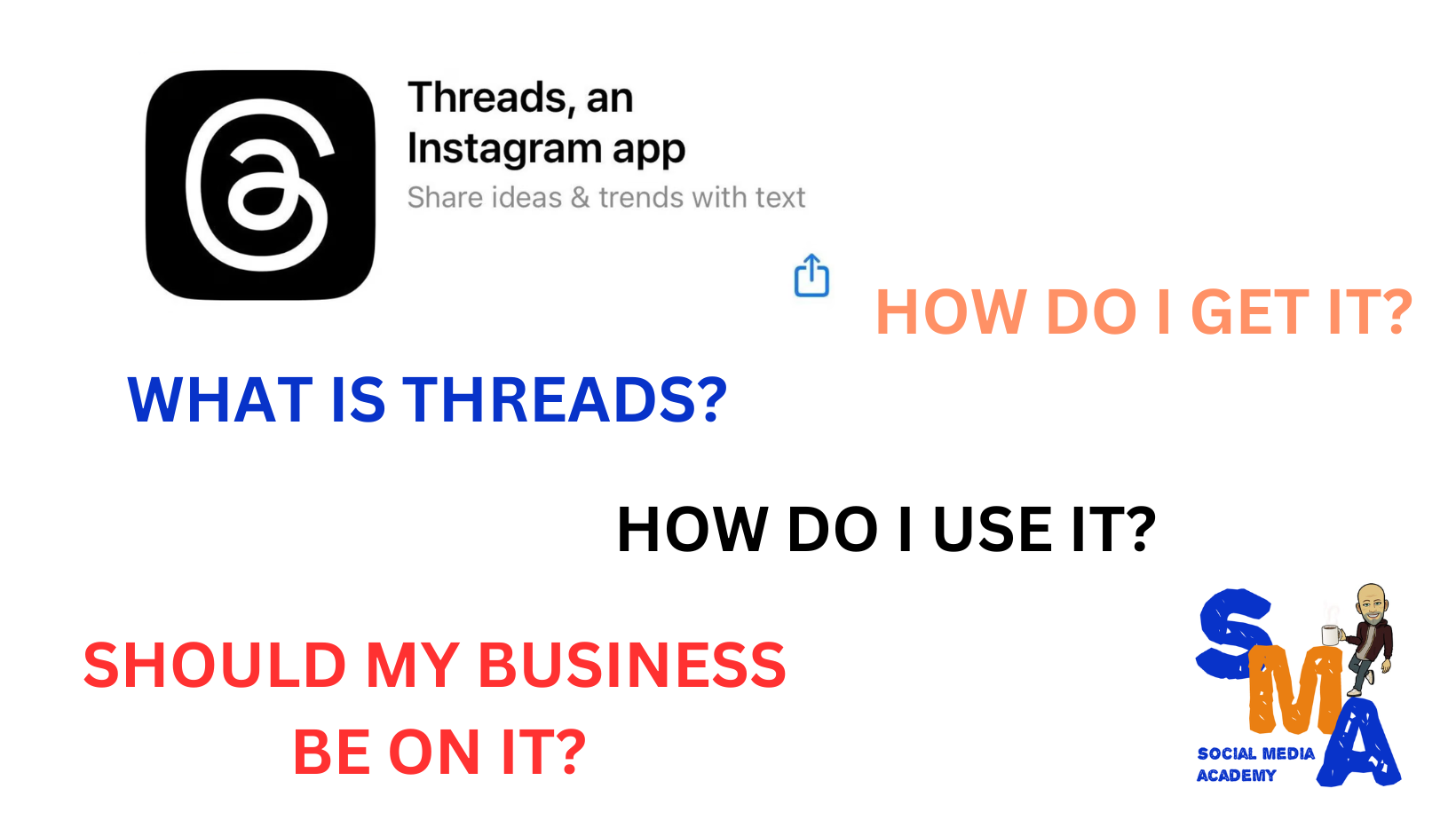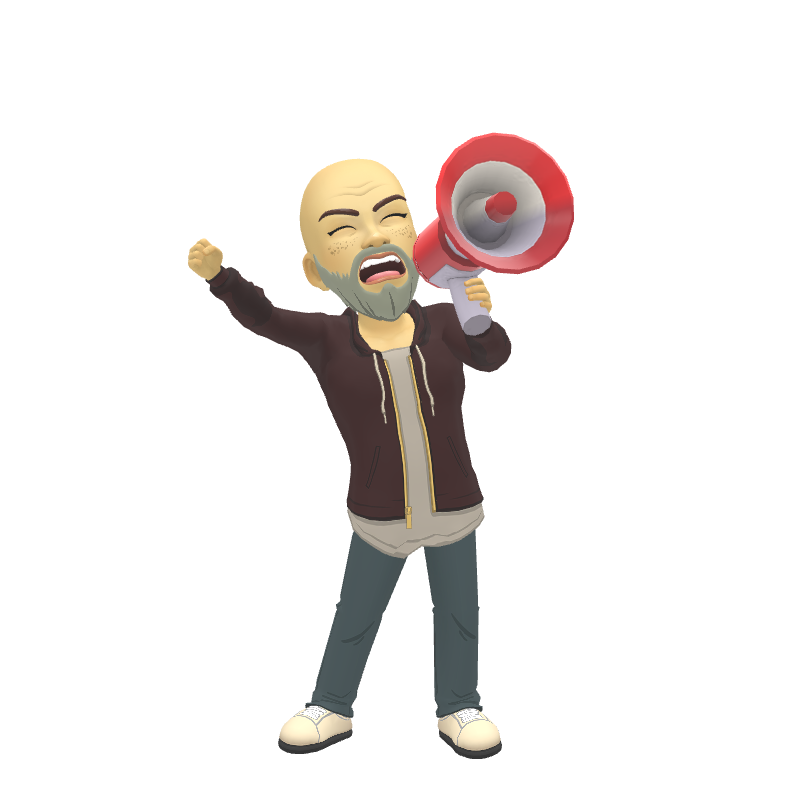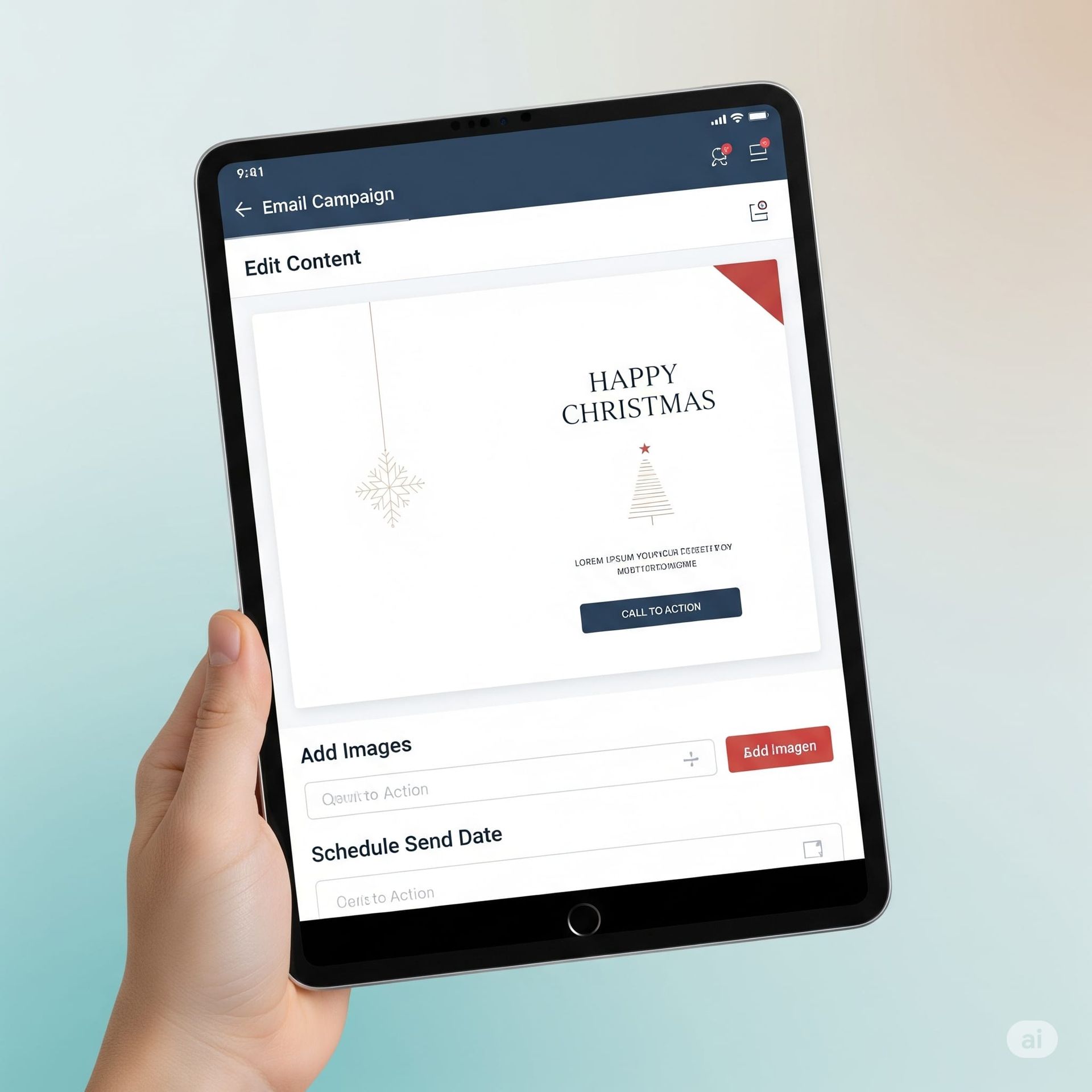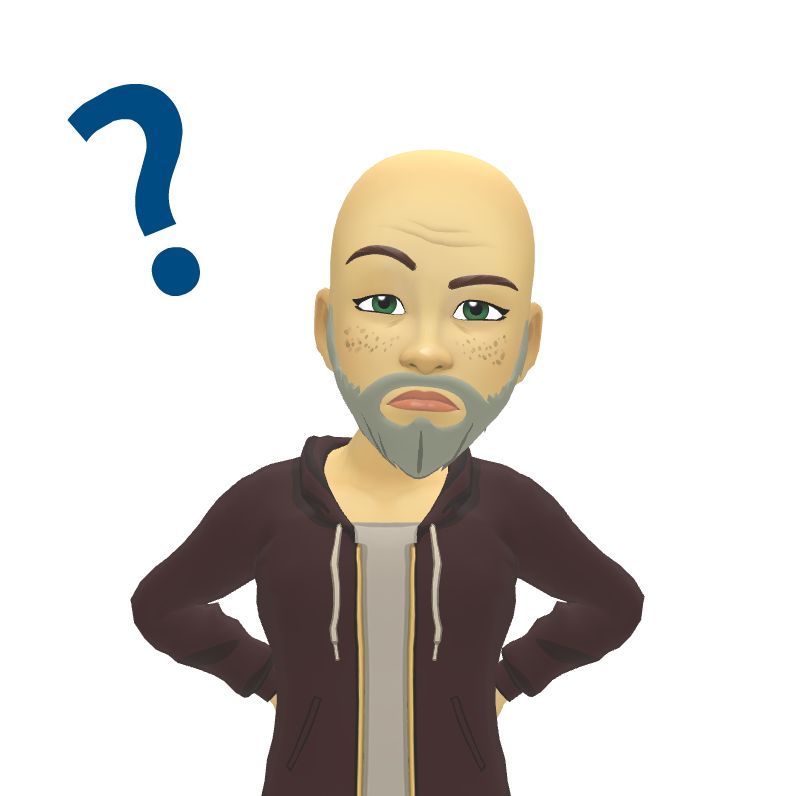How to use Threads by Instagram

Threads by Instagram: A New Way to Connect
Threads is a new app from Instagram that allows you to share text updates, photos, and videos with your closest friends. It's a more personal and intimate way to connect than Instagram's main app, and it's perfect for staying in touch with the people you care about most. It's really similar to Twitter so if you are on Twitter already it'll be a breeze!
How to Install and Use Threads
To install Threads, you'll need to have the latest version of Instagram installed on your phone. Then, open Instagram and tap on your profile picture in the top left corner. Scroll down and tap on "Threads." You'll be prompted to create a new account, or you can sign in with your existing Instagram account.
Once you're in Threads, you'll see a list of your closest friends. You can start a new thread by tapping on the + button in the top right corner. Threads can be up to 500 characters long, and you can include photos, videos, and links.
Tips for Using Threads
- Posts can use up to 500 characters
- You can add a photo or a carousel or a video
- Use Threads to share your thoughts and feelings with your closest friends.
- Share photos and videos from your day-to-day life.
- Share threads as a story on your Instagram profile
- Ask questions and start conversations.
- Use Threads to keep in touch with friends who live far away.
- Use Threads to plan events and get-togethers.
Should Your Business Be on Threads?
Whether or not your business should be on Threads depends on you! It is difficult to second guess whether your target audience will be on there, but given the uptake in the first day, the chances are that it is going to be used by people from all demographics. As with all the major platforms, it seems amiss to not have any presence on an app where there are millions of people using it throughout the day, plus if you already have the content created for another platform, then it'll only take a couple of minutes to add it to Threads.
Ultimately, the decision of whether or not to use Threads is up to you. If you think it could be a valuable tool for your business, then I encourage you to give it a try.
Here are some additional tips for businesses using Threads:
- Use Threads to share behind-the-scenes content and give your customers a glimpse into your company culture.
- Use Threads to announce new products or services.
- Use Threads to answer customer questions and resolve customer issues.
- Use Threads to promote your business's social media accounts.
Conclusion
Threads is a new and exciting way to connect with your friends and family. It's a more personal and intimate way to share your thoughts and feelings, and it's perfect for staying in touch with the people you care about most. If you're looking for a new way to use social media, I encourage you to give Threads a try.
Please give me a follow at https://www.threads.net/@onlineguruuk
Blog










